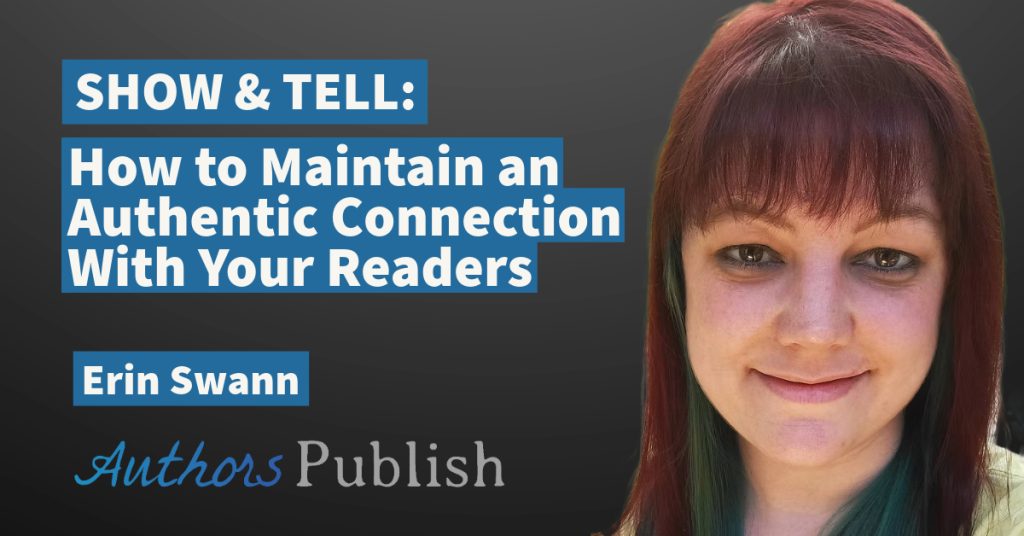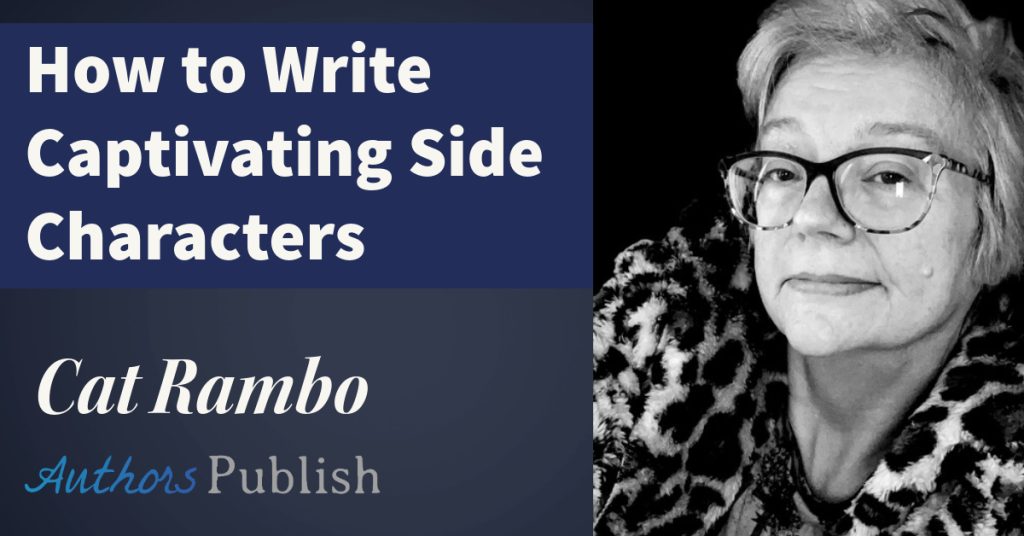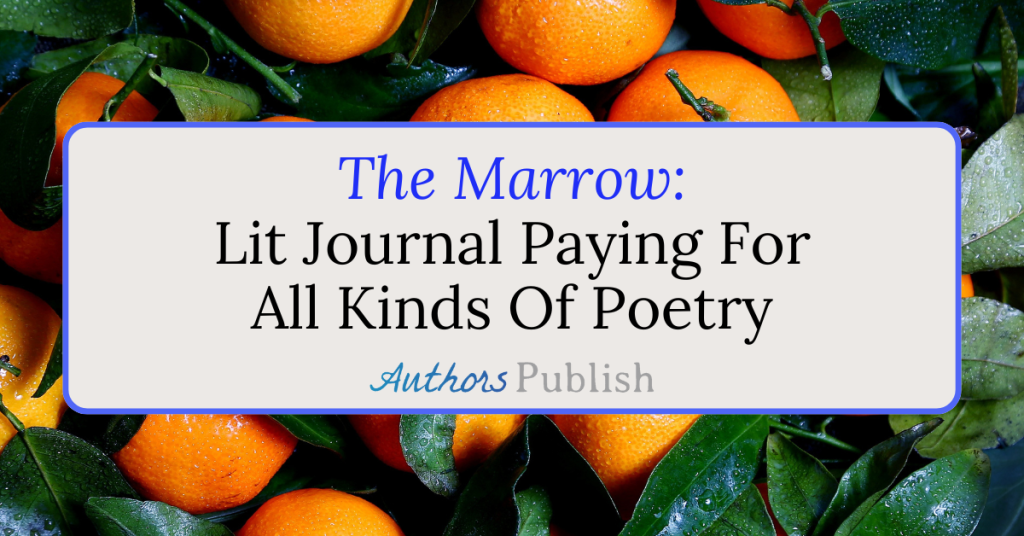By LindaAnn LoSchiavo
During the coronavirus lockdown, when the book parties, readings, and events for my two newest poetry books were cancelled, instead of throwing up my hands, I spent more time at my desk and discovered a map that would steer me efficiently through my next literary labyrinth.
How useful was my map? It helped me arrive at my destination. In 2022 I negotiated three poetry book contracts and have a fourth manuscript with a publisher who, after reading excerpts, requested it. Are you struggling to complete one collection and /or land it with a suitable indie press? Here’s what I did during the last eighteen months to stay on track.
Roadblock: Not enough related or similar poems.
Solution: Create several strong book concepts first, then develop new individual poems that resonate with those pre-selected themes.
As one example, my chapbook “Women Who Were Warned” stitched together new sonnets, villanelles, metrical, and blank verse poems about women placed in difficult or dangerous circumstances.
Think of building your book-in-progress by using poems that are having a conversation with each other, ideas and feelings that you can string together into a whole.
Here are popular lyrical themes that resulted in critically acclaimed bestsellers.
Current events theme: “I am The Rage: A Black Poetry Collection” by Dr. Martina McGowan used free-verse poetry to explore her feelings following the deaths of Breonna Taylor and George Floyd, and the Black Lives Matter protests that followed.
Death in the family theme: “Time Is a Mother” by Ocean Vuong was motivated by his mother’s death from breast cancer.
Mother Nature theme: “Devotions: The Selected Poems of Mary Oliver” gathered material from five decades in the career of the late Pulitzer Prize-winning poet Mary Oliver (200+ of her poems) that sprung from her abiding love for the physical world and the bonds that connect all living things.
Personal growth theme: “Self Love Poetry: For Thinkers and Feelers” by Melody Godfred, a full-length volume of 200 self-love poems, focused on ideas like gratitude, authenticity, resilience, and believing in yourself. The left side of her book offered poems meant to engage the analytical left side of the brain. On the right are poems meant to spark the creative, right side.
Roadblock: Confusion about organizing the poems or creating a narrative arc.
Solution: After writing a poem, in the upper left-hand corner, categorize it in a few words.
For instance, “healthy life,” “cancer diagnosis,” “in remission,” “hospice phase,” “funeral and bereavement,” “acceptance.” As the manuscript comes together, see if the poems are repetitious―or expansive and cogent.
Here are a few organizing strategies to consider.
* The Temporal Narrative Arc relies on chronology.
In my chapbook of erotic verses, “Concupiscent Consumption,” I began with poems about a child’s turmoil about enforced, even painful affection from adults, moving the narrative forward by exploring sensuality at various life stages: adolescence, young adulthood, and maturity.
Another book shaped by the temporal narrative arc was “Dragonfly and Other Songs of Mourning” by Michelle Scalise. Her poignant poetry memoir recalled her happy marriage when her novelist husband was still healthy, pondered his illness and treatments, witnessed his decline, and mourned his death.
* The Convergent Narrative Arc positions parallel stories of people with a significant connection that may or may not exist at the beginning.
“Obit” by Victoria M. Chang, praised as The New York Times 100 Notable Books of 2020, consisted of poems about her parents, relatives, and herself that reinvented the form of a newspaper obituary to both name what has died (“civility,” “language,” “the future,” “Mother’s blue dress”) and illuminate the cultural impact of death on the living.
After serving jury duty, formalist Kathleen McClung penned sestinas, pantoums, sonnets, and rondeaus about the district attorney, judge, defendant, courthouse, along with the experience of being sequestered. McClung’s clever combo of cheeky humor and insight in “A Juror Must Fold in on Herself” won publication via The Rattle Chapbook Prize.
* The Orchestrated Structures Narrative Arc links dissimilar ideas that share a single characteristic. Though the connection is clear―perhaps it’s a place, color, sensation, or season― the circumstances are not at all necessarily joined.
“Past the Glad and Sunlit Season: Poems for Halloween” by K. A. Opperman, which won a “TOR Nightfire Selection for the 10 Best Horror Poetry Collections of 2020,” celebrated familiar tropes of Samhain and All Hallows Eve in formal verse. Immensely successful, he produced a follow-up volume a year later: “October Ghosts and Autumn Dreams: More Poems for Halloween.”
Another book shaped by the Orchestrated Structures Narrative Arc was “These Trees, Those Leaves, This Flower, That Fruit: Poems” by Hayan Charara. Written in characteristically wry verse, the poet organized his narrative arc around one question: what it means to be good, i.e., a good person, a good citizen, a good teacher, a good poet, a good father.
* The Mosaic Structuring Narrative Arc uses many small fragments to tell a larger story. Think of the way a jigsaw puzzle’s pieces slowly come together to reveal an interesting picture.
“Yell” by Sarah Sousa began with a page by page erasure of Charlotte Perkins Gilman’s novel “The Yellow Wallpaper,” as the poet subverted and contemporized the original story of an oppressed housewife, and writer manque, driven mad. Sarah Sousa’s mosaic structure slowly revealed the heroine’s repression and slow descent into the amnesia of self, then finally awakening to the many women she contains.
A collaborative chapbook that employed the Mosaic Arc was “Every Girl Becomes the Wolf” by Laura Madeline Wiseman and Andrea Blythe, which captured the dark heart of fairy tales and sinister myths by retelling theses from the perspectives of witches, wicked queens, Medusa, Baba Yaga, et al, charting their desires, hungers, triumphs, and transformations. Their co-written chapbook has been called “a splendid tapestry of women’s voices.”
Roadblock: Not knowing how to navigate the publication process.
Solution: Take the road less traveled and don’t spend a dime.
The path of least resistance will lead you to the same publishers who are inundated with submissions, for example, the outlets listed in New Pages, in Poets & Writers, or on the Submittable platform. Contests, though easy to find, cost between $7 – $35 to enter, and can be a pricey lottery that seems unwinnable.
These detours below (and others) got my four manuscripts to their destinations: into the hands of a seriously interested editor. Find the right indie press for your work by exploring these.
Alternate route A: When submitting poems, focus on magazines that also have a small indie press. After your work is accepted in their literary journal, chances of placing a book with them increase since the editorial team already enjoys your writing.
Alternate route B: Read contemporary poetry often and study bio-notes for publishing tips. Those leads to indie presses are most useful if your style of poetry is similar to the poet you’ve just read.
Alternate route C: Follow your favorite small presses on social media; they’ll announce when their submission window opens. Subscribe to their newsletters, too; often subscribers are given a code to access a private submission portal along with other perks.
Alternate route D: Investigate presses in other countries. If English is the language you write in, check out who might be receptive to international submissions in India, Canada, and the United Kingdom.
Having spent many years placing individual poems in journals but not being able to position an entire collection successfully, I learned an easier method. Here’s hoping this works for you, too.
Bio: Native New Yorker LindaAnn LoSchiavo, a Pushcart Prize, Best of the Net, Rhysling Award, and Dwarf Stars nominee, is a member of SFPA, The British Fantasy Society, and The Dramatists Guild. Elgin Award winner “A Route Obscure and Lonely,” “Concupiscent Consumption,” and “Women Who Were Warned” [UK: Cerasus, May 25, 2022] are her latest poetry titles.
Forthcoming: “Messengers of the Macabre” [US: Audience Askew, October 18, 2022], “Dark and Airy Spirits,” and also “Apprenticed to the Night,” a tombstone-heavy collection in hardcover by Beacon Books. She has been leading a poetry critique group for two years. Find her on the web: https://linktr.ee/LindaAnn.LoSchiavo






